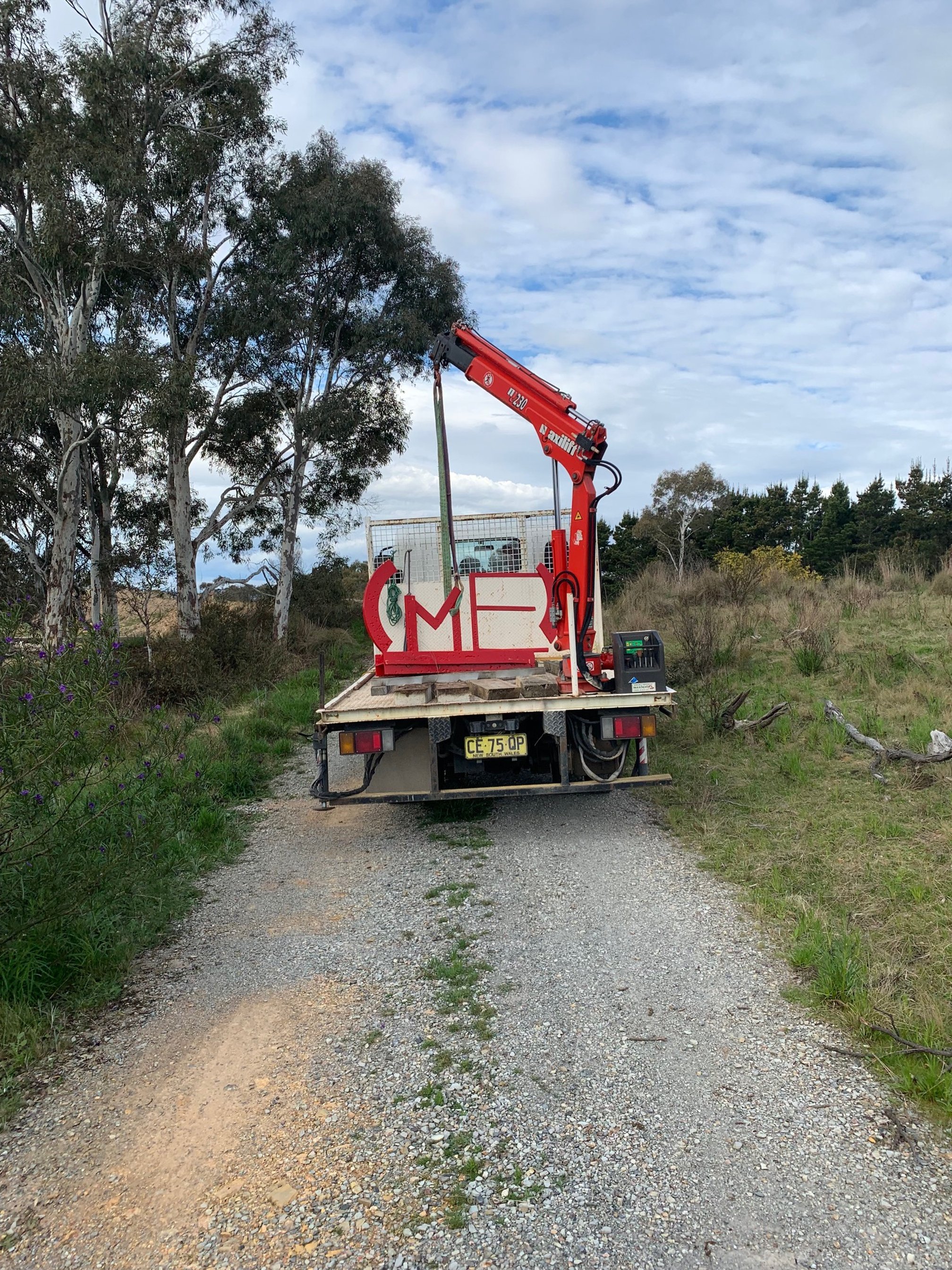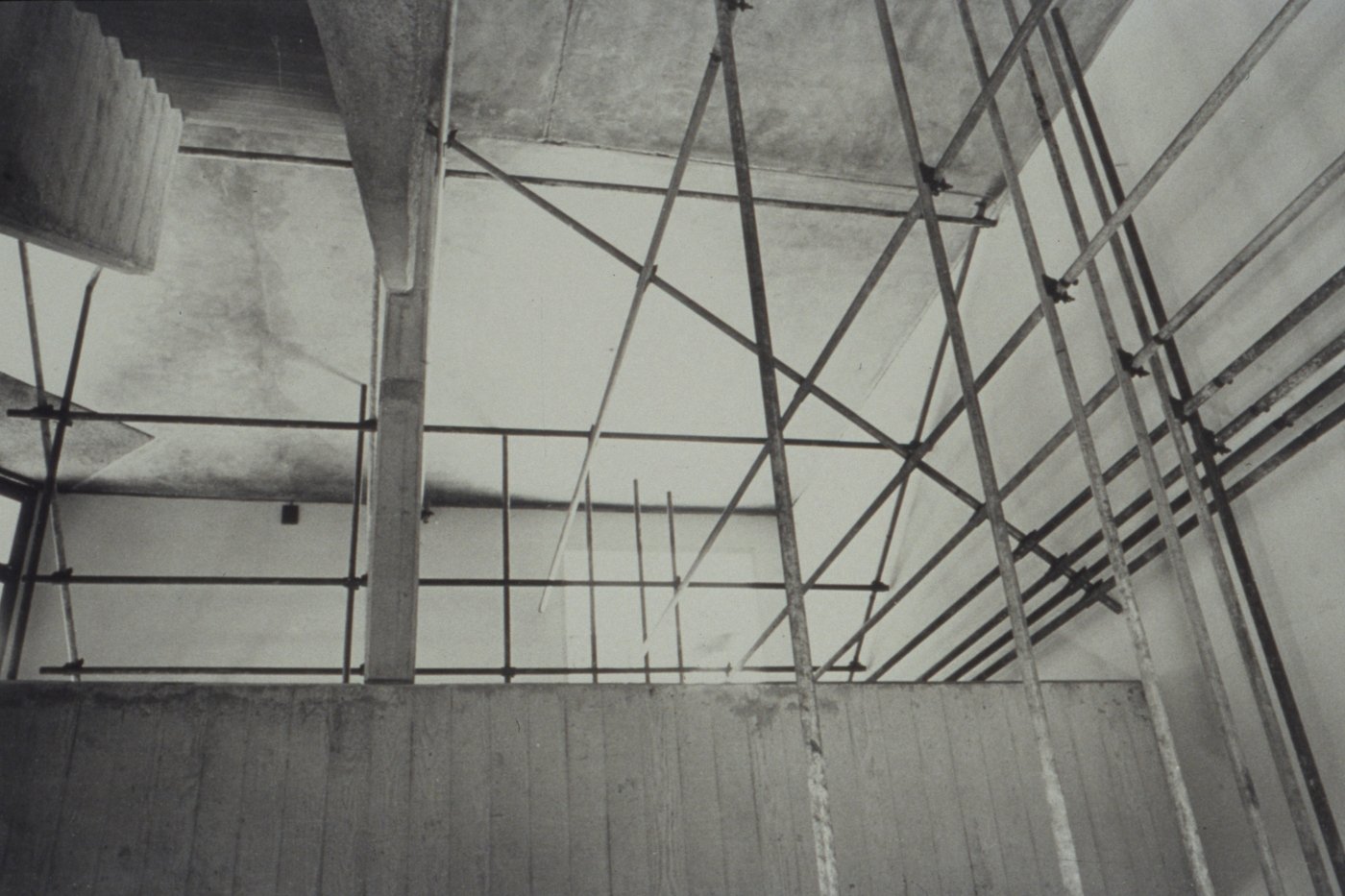Art criticism has changed over the last forty years. Previously, art criticism appeared regularly in several newspapers and magazines. The critic was esteemed and if not feared, then respected. They spoke with not only knowledge and experience, but also with a clarity and sharpness the ordinary art viewer lacked. They occupied the anteroom just outside the main theatre of art. They had a privileged view. Since that time art criticism has been replaced by art writing which is mainly promotional.
Making art is fun.
Art is the icing on the cake of life.
But it’s also a serious business.
Making art is wondering about the nature and meaning of life.
It’s an experiment, a postulation, a proposal.
Having made the work, the bold artist puts it out into the world in order for their view of the world to be assessed.
There are different grades of assessment, different ways to determine whether we have fulfilled our objectives as artists.
The sale of work can define whether what we’ve made is good.
The extent that a large audience is drawn to the work is another.
The critic plays a part.
It is the critic who lifts the fog off the artist’s subjectivity.
The role of the critic has changed over my lifetime.
The critic was mostly read in the newspaper.
The critic was fearsomely independent and unreachable.
One did not compromise the independence of the critic by having a personal relationship with them.
The artist’s determination about the work was irrelevant.
This independence of the critic changed with post-modernism and conceptual art. This new work had no meaning until it was explained by the artist. When art ceased to be free-standing, both metaphorically and physically, the critic was obsolete.
The critic now became the means of promotion, for advertising the work.
The critic became just a writer and lost the power associated with the word ‘critic’.
With relativism all the edges were now blurry. Any judgement only exposed prejudice. The critic now spoke only of the ‘perspective’ from which they looked at a work. A critic’s work in a relativist world was not now broad but only narrow.
We see in the dailies now therefore, art writing, as opposed to art criticism. We see art writing on the internet, which also is not ‘criticism’. Criticism requires traction and the internet is slippery. Writing about art is a trade that provides income. The critic no longer occupies the anteroom.
The art critic now is a function only of the publisher’s need. Because they surrendered the power of judgement, that power has been removed.
Critical judgement of books, films, plays, music persists.
It’s not all bad though. There’s a queue waiting at the empty post, pencils sharpened.























